The Light of Old Goshen
Goshen. Three factors have drawn people to this community: it’s the county seat; it has the oldest active harness track in the country and it has charm.
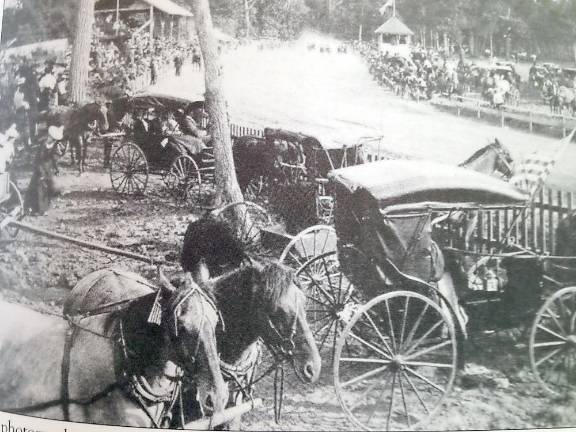
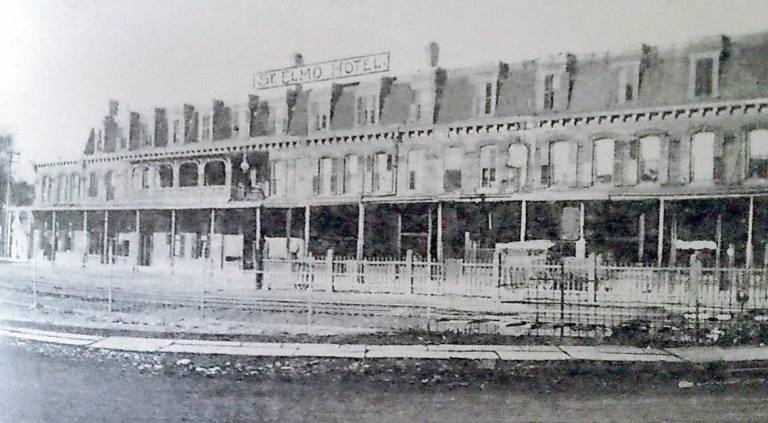
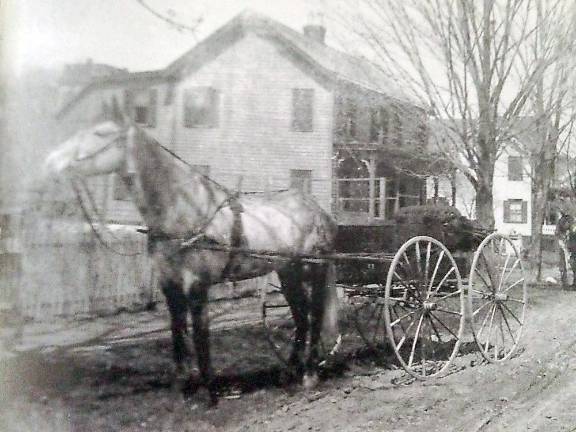
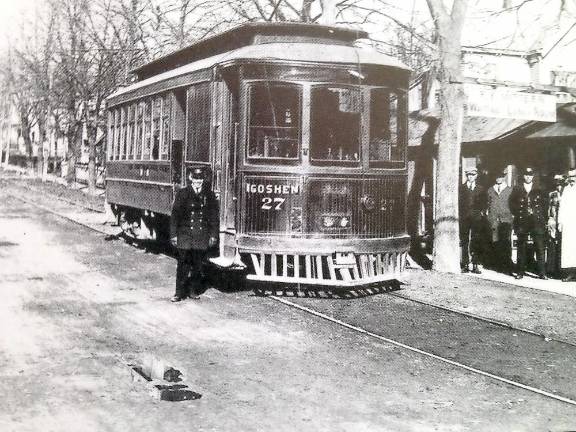
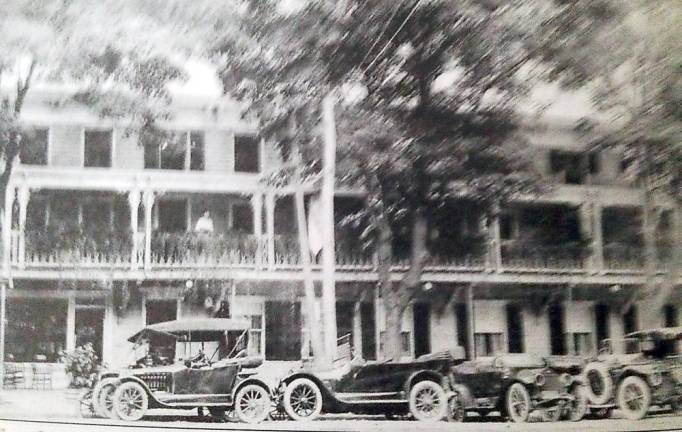
Editor's note: This is the first part of a two-part series looking back at old Goshen.
Goshen has thrived through the years — sometimes taking giant steps forward, other times not so much. But three factors have drawn people to this community: it’s the seat of county government, it has the oldest active harness racing track in the United States, and it has charm.
Lots were purchased in the Village of Goshen as early as 1714, when in 1703, as part of the Wawayanda Patent, a land grant was offered from the British. The earliest church in the village, the First Presbyterian Church in Goshen, was established in 1720, with other churches following in the early to mid 1800’s.
Goshen began to grow and with growth, there was a need for services. Most likely lodging, like the Anthony Dobbin's Stagecoach Inn, a stop established in 1747, one of the oldest operating inns in Orange County; and likewise, The Orange Inn, built in 1790, now home to Limoncello’s Restaurant, were early arrivals. These inns have been modernized and are still accommodating guests today.
11 grocery stores, three drug stores, two billiard parlors
Residents, though, were looking for ways to meet their everyday needs, so it was during the 1800’s through mid-1900 that Goshen’s business district grew with a variety of shops, offering goods and services.
“From 1874 through 1875 there were eight grocery stores and four pharmacies,” said Village Historian Edward Connor. “By 1878, with a population of 3,903, there were 11 grocery stores, three drug stores, four clothing stores, four confectioners, four shoe stores, four cigar makers, two billiard parlors and an incredible 143,000 farmers.”
Noting the number of businesses, prompted Connor to comment: “It’s amazing how the community supported this many stores, but at that time people usually worked in the community where they lived, since transportation wasn’t available or convenient. They moved into houses here, worked here and raised their families here.”
Through the years bakeries were added to the establishments, as well as barbers, hotels, doctors and in 1897 there were 16 restaurants and liquor stores. Incredibly in 1907, there were 13 hotels and rooming houses, although not large rooming houses, but each had five to eight rooms.
By 1945 there were 13 grocery stores, including both a Grand Union and an A&P, and three drug stores.
Transportation and Historic Track
Many of the grocery stores had their own horse-driven wagons for deliveries, that is until about 1917 when automobiles came on the scene. Goshen’s trolley, operated by Middletown-Goshen Traction Co., brought passengers from Grand Street to Middletown from 1894 to 1924, when it stopped running because of lack of money to repair the power plant in Mechanicstown.
So without electricity, the trolley could no longer run.
The Historic Track, established in 1838, prompted this need for rooming by attracting large crowds of people, often 600 people at a time during Race Week. The arrival of the railroad chugging right into the heart of Goshen in 1841 enabled race fans to easily come and enjoy standard bred horse racing at the track.
The 1800’s brought change to the Village, as racing fans, horse lovers and businessmen saw opportunities in Goshen. Large Victorian homes became common on South Church Street, Murray Avenue and South Street, with a Gothic Revival home on South Church Street and Parkway. Other stately homes are on Golden Hill Avenue. Many of these beautiful homes are still inhabited by descendants or early owners of the homes.
With stores lining both sides of West Main Street and Greenwich Avenue, Goshen continued to move forward: in 1849, West Main Street was upgraded with wooden plank sidewalks; 1866, kerosene oil street lamps were installed; 1879, gas lights came into use; 1890, canvas canopies were installed outside shops, so people could shop in any weather; 1892, the area became electrified with 100 street lights.
Two large hotels were built to accommodate the crowds, the 52-room St. Elmo Hotel, located on a lot next to where the Goshen Post Office now sits, opened on May 7, 1887, and the Occidental Hotel, joined with the St. Elmo by a firewall.
But progress didn’t come without some setbacks: Unfortunately both hotels were destroyed by fire: the St. Elmo in February 1920, taking with it a group of stores—a barber shop, car dealership office, ice cream parlor and plumbing shop—and the Occidental in 1983, with Goshen losing a variety store, barber shop, bar and stationary store.
Other fires occurred in Goshen that changed the face of the Village, including a fire in 1843 that destroyed the town clerk’s home.
“At that time,” said Connor, “all Town and Village records were kept in the town clerk’s office in his home, and records were lost to the fire.”
The good news is that this fire prompted citizens to form the Goshen fire departments and the destroyed buildings were rebuilt using bricks.
Since this section of homes on Main Street serves as attorney offices, the stretch is now referred to as “Lawyers’ Row.”
Editor's note: Thanks to lifelong Goshen resident Edward P. Connor for his contribitions to this series. He is the author of two books: Goshen and Goshen Revisited. Connor can be reached at 845-294-0523 or by email: edwardpconnor@gmail.com